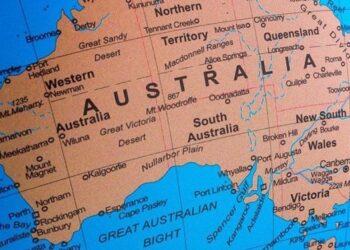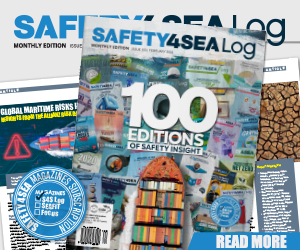China MSA announced the revised Ship Routing System and Reporting System in Qiongzhou Strait in order to regulate the ships’ navigation order in Qiongzhou Strait.
The revised Routing system will take effect on 01 April 2022. It consists of Separation Zones, Boundary Lines, Traffic Lanes, Precautionary Areas, Areas to be Avoided, Recommended Routes, Roundabout and Inshore Traffic Zones.
Ships are forbidden from anchoring, fishing and farming in the Traffic Lanes and Precautionary Areas. Ships shall avoid crossing traffic lanes as far as practicable and shall report to the VTS in advance if ships are obliged to cross. In addition, the participating ships shall not be exempted from the obligation under the International Regulations for Preventing Collision at Sea, 1972.
Japan P&I Club informs that the revised reporting system consists of 4 reporting lines, ships entering the reporting area shall report to Qiongzhou Strait VTS Center but ships departing from the reporting area are not required to report. If a traffic accident, pollution or other emergencies is occurred involving the ship or some other ship, the ships involved shall report the incident and relevant information to the VTS immediately. The working channel of Qiongzhou Strait VTS Center is VHF08 and the reserved channel is VHF25.
Qiongzhou Strait VTS Centre suggests ships shall learn the 2 systems carefully and update the ships’ sea chart and passage plan accordingly.
As mentioned, any ship violating the rules of the above 2 revised systems shall face the administrative penalty or other administrative compulsory measures imposed by MSA in accordance with relevant laws and regulations.
It is important to note that ships in the reporting area shall strictly comply with the emission control requirement.
According to Implementation Scheme by Ministry of Transport, the sulphur content of any fuel oil used by sea-going ships should not exceed 0.1% m/m when entering the Hainan waters of coastal emission control area from 01 January 2022.
































































